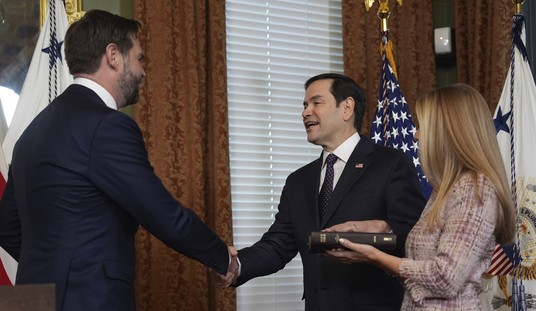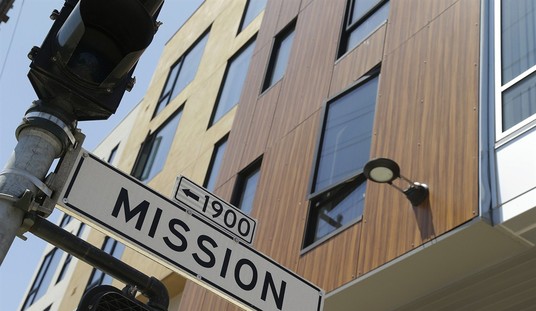Oh, good — just what we’ve all been waiting for. President Obama’s Department of Interior has long been busying themselves with the preparations for fast-tracking the country’s first-ever federal offshore-wind lease sales, and at long last, the administration is finally ready to get the party started with a plot off of the Atlantic coast that they hope will help to flesh out what a potential offshore-wind market will look like (a program that so aptly supplements their simultaneous push to fast-track solar zones in Western states, but I digress):
“If there is good interest in this one, then I think you will have this happening on a consistent basis,” she said of the pending offshore wind announcement. …
Jewell said Interior considered many factors, including which areas would yield the highest potential for wind power while avoided bird migration patterns and shipping lanes. …
She said timing for developing a commercial offshore wind industry, however, is up to the private sector.
“I can’t promise that they will be in production in four years, but we don’t want to be a roadblock,” Jewell said. “The market will dictate, but we certainly don’t want to get in the way.”
Again, I have no problems with the federal government allowing private-sector companies to make an economically profitable use of otherwise unproductive lands and seas — that’s just what they can and should be doing — but dishing out quelling reassurances that “we don’t want to be a roadblock” and that the administration will let “the market dictate” is a little rich, on several fronts. First of all, the idea that offshore wind will somehow manage of its own accord without the sustained and ample pork that its onshore brethren has received defies credulity; go ahead and count on plenty more taxpayer money getting spent in the effort. It’s already been happening on all sorts of little projects here and there:
One reason that offshore wind has not caught on in the United States is the steep cost of erecting a tower in the water, but researchers at the University of Maine tried another approach on Friday by launching a floating wind machine. It is the first offshore wind installation in United States waters, according to the Energy Department, which helped pay for it. …
The project is one of seven sponsored by the Energy Department under a $168 million program. Three are floating, four are fixed, and this is the first to be put into use, according to Jose Zayas, director of the department’s Wind and Water Power Technologies office.
An advocate might argue that that’s more of an R&D-type of thing, but lawmakers are already making moves to create an offshore-specific federal program to dish out “temporary” incentives and cash to the needy fledgling technology. Back to The Hill:
The onshore wind industry has benefited from 20 years of production tax credits, which repay wind-power producers for generated electricity.
But the production tax credit model is less effective for offshore wind projects because they’re more expensive and need up-front incentives to get started, industry expert say.
Offshore wind advocates have therefore backed investment tax credits, which subsidize projects based on total cost.
Sens. Tom Carper (D-Del.) and Susan Collins (R-Maine) have introduced legislation that would offer a 30-percent investment tax credit for the first 3,000 megawatts of offshore wind facilities. Once awarded a credit, the developers would have five years to install the turbines.
Yeah, I’ll bet industry experts say they need up-front incentives. And another point: The Obama administration claims to be totally into their ostensible “all of the above” energy strategy, but they’re working on fast-tracking their favorite renewable projects while conspicuously blocking many of the oil-and-gas leases for which the private sector is clamoring sans any government assistance. Last week, Congress started re-introducing plans to get the administration to reconsider their disgracefully sparse 5-year leasing plan, and if the White House issues a veto threat on the idea (although they may not have to go there, with a Democratic-led Senate), their grandiose ‘we don’t want to be a roadblock’ sentiments and “all of the above” promises will be officially shot to hell.
Members of the House Natural Resources Committee will meet on Thursday to discuss a draft bill that that would open parts of the Atlantic and Pacific oceans to offshore drilling.
The draft bill from committee Chairman Doc Hastings (R-Wash.) would permit drilling off the coasts of South Carolina, Virginia and Southern California while reshuffling the Interior Department’s offshore drilling branch.
President Obama’s five-year offshore leasing plan, which runs through 2017, doesn’t allow drilling in those areas. Hastings’s bill would require Obama to submit a new plan integrating those zones.








Join the conversation as a VIP Member